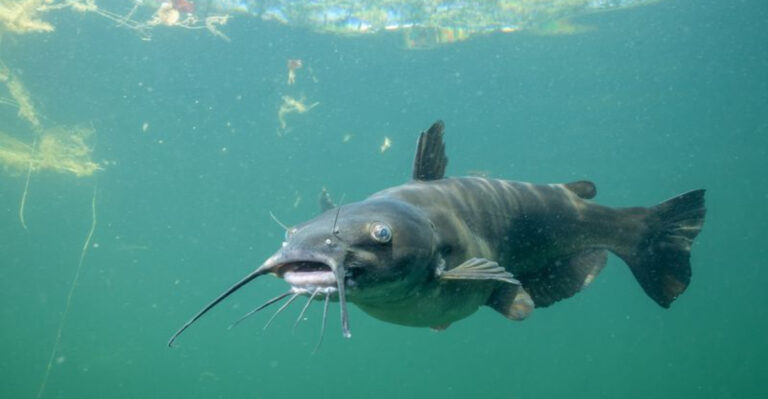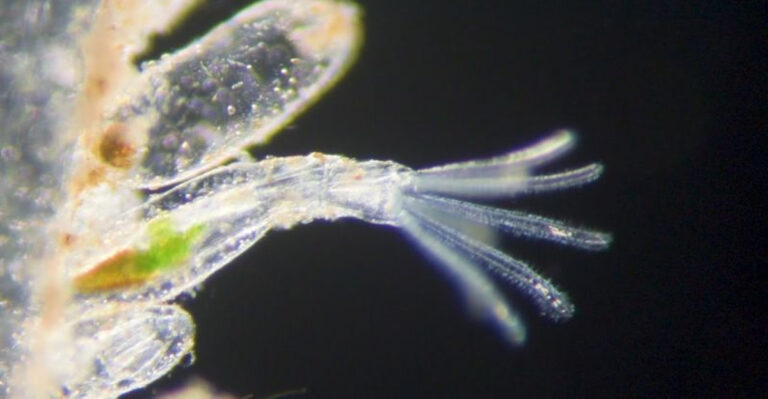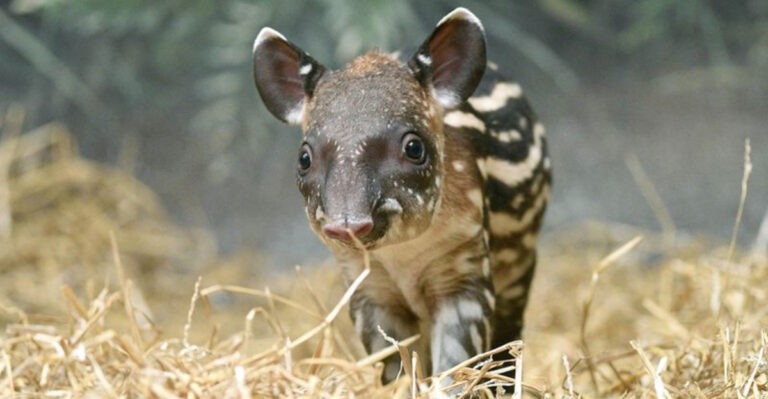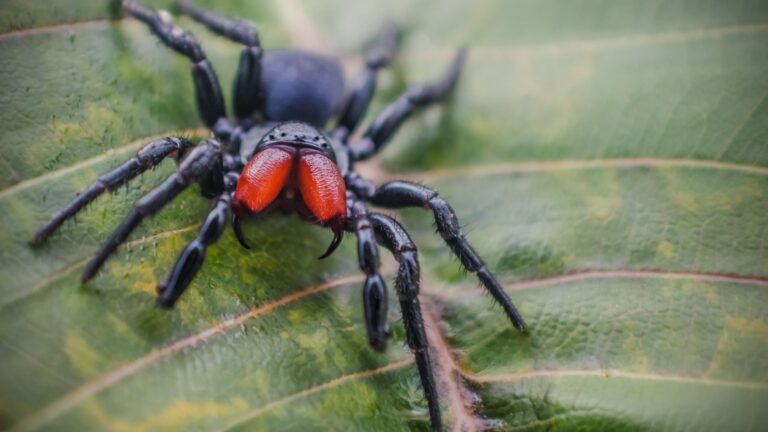9 Wild Animal Mysteries That Stump North American Scientists
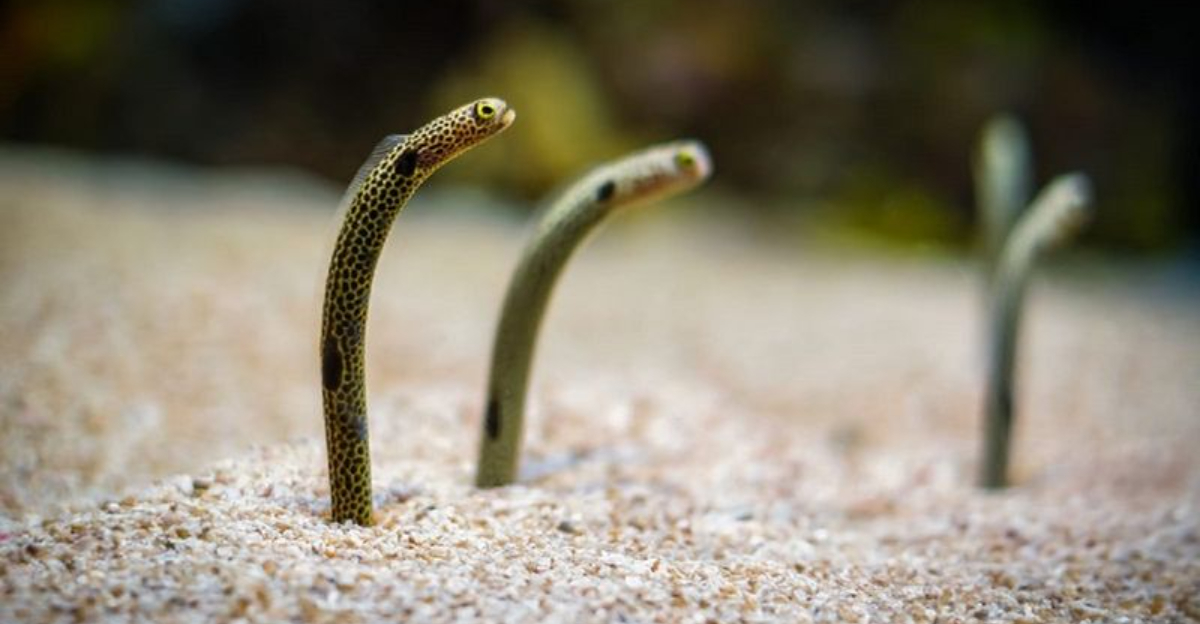
North America is home to a plethora of wildlife, each species bringing its own intrigue and enigma to the natural world. Despite advancements in science and technology, numerous mysteries surrounding these creatures continue to baffle scientists and spark the curiosity of nature enthusiasts.
From the unusual behaviors of birds to the baffling disappearances of certain mammals, the continent’s wild inhabitants offer a treasure trove of unanswered questions.
These mysteries not only challenge our understanding of animal behavior and ecology but also invite us to ponder the complexities of nature.
Here, we explore these captivating mysteries that have left scientists scratching their heads, each one offering a unique glimpse into the enigmatic world of North America’s wildlife.
1. The Vanishing Whitetail Deer
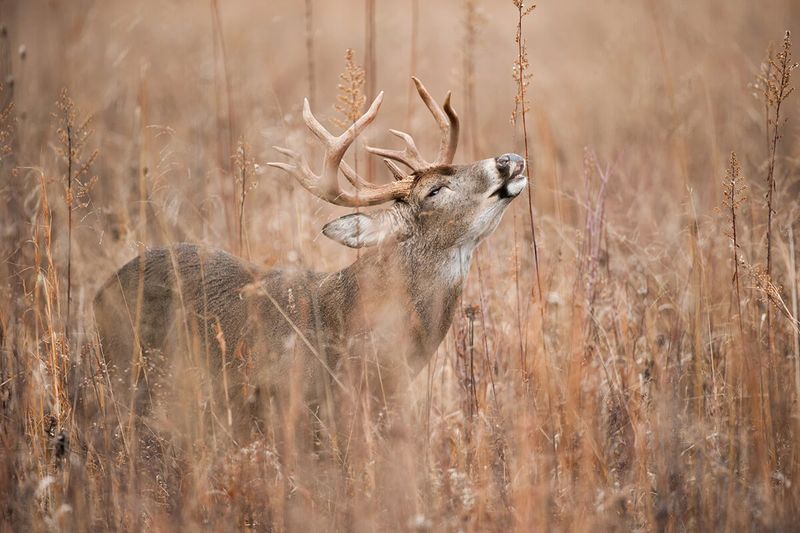
The Whitetail Deer, a common sight across North America, has recently been puzzling scientists with its mysterious disappearances. Various regions report a sudden decline in their populations, yet no clear explanation has emerged.
One theory suggests that environmental changes, such as habitat destruction or climate change, might be altering their natural habitat, forcing these deer to move to more secluded areas.
Others speculate that increased predation, possibly from apex predators like wolves or coyotes, could be responsible for the decline.
Despite extensive research, the exact cause remains unknown, leaving scientists to ponder over this perplexing issue. It raises concerns about the broader ecosystem’s health and how it might be changing in ways we’re yet to fully understand.
The mystery surrounding the Whitetail Deer’s disappearance continues to intrigue wildlife experts and conservationists alike. As efforts to track and study these elusive creatures continue, there’s hope that answers will soon be found.
Until then, the vanishing Whitetail Deer remains a captivating enigma, reminding us of the many undiscovered aspects of our natural world.
2. The Enigmatic Monarch Migration
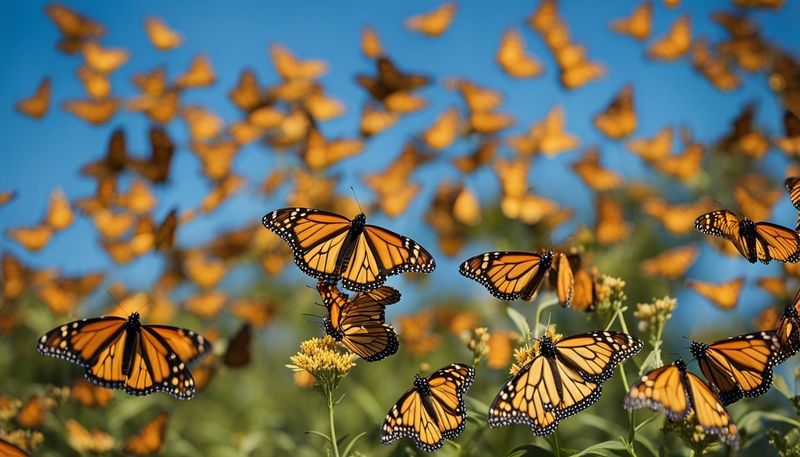
The Monarch Butterfly is renowned for its epic annual migration, traveling thousands of miles from Canada to Mexico. However, this incredible journey is fraught with mystery. What drives these delicate creatures to embark on such a long and perilous journey?
Scientists have long studied their migration patterns, yet answers remain elusive. Some researchers believe the butterflies use a combination of environmental cues, such as the sun’s position and temperature changes, to navigate.
Despite these theories, many aspects of their migration remain unexplained. The role of genetic memory, for instance, is still largely speculative, as generations that migrate have never made the journey before.
Understanding the Monarch’s migration is crucial for conservation efforts, especially as climate change and habitat loss threaten their numbers. As researchers continue to unravel the mystery, the Monarch Butterfly stands as a testament to nature’s wonders and the persistent allure of the unknown.
3. The Mysterious Loon Calls
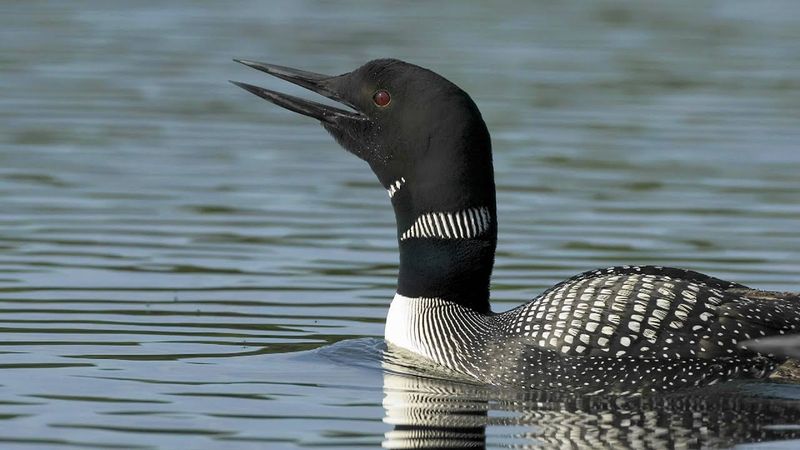
The haunting call of the common loon is a quintessential sound of North America’s wilderness, yet it carries an air of mystery that intrigues scientists and bird enthusiasts alike.
Loons are known for their distinct vocalizations, often heard echoing across lakes, but the purpose and meaning of these calls are not fully understood. Researchers have identified various call types, such as wails, tremolos, and hoots, but their specific functions remain a topic of study.
Some believe these calls are used for communication between mates or signaling territorial presence, while others think they might play a role in navigation during migration. Yet, the full range of their vocal repertoire and its meanings are still a puzzle.
Studying these calls offers insight into the complex communication systems of birds and the ecological significance of sound in the animal kingdom. As scientists continue to explore this auditory mystery, the loon’s call remains a fascinating aspect of the wild, echoing the secrets of nature.
4. The Disappearing Honeybee
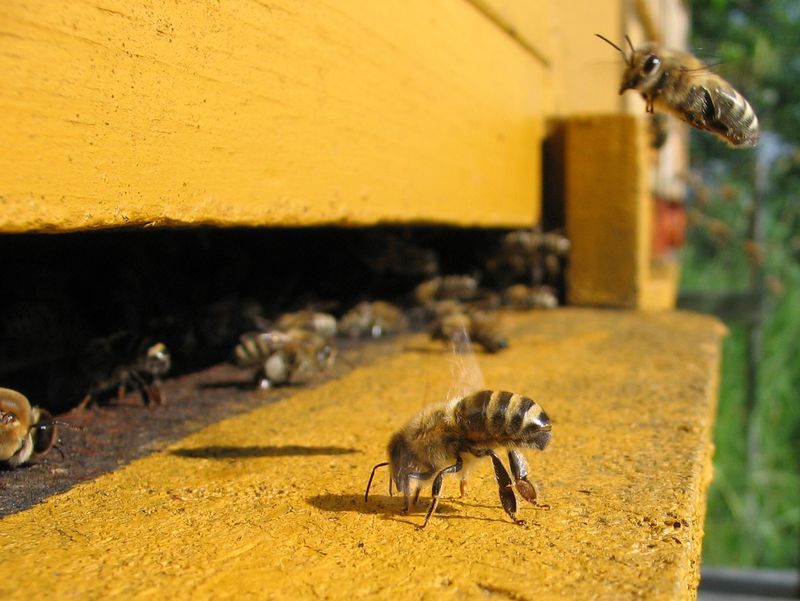
The sudden decline in honeybee populations, known as Colony Collapse Disorder (CCD), has baffled scientists and affected ecosystems across North America.
Honeybees play a crucial role in pollination, making their disappearance a significant concern. CCD is characterized by the abrupt loss of worker bees, leaving behind a queen and immature bees.
Various factors have been investigated, including pesticides, pathogens, and environmental stressors, yet no definitive cause has been pinpointed.
The mystery of the disappearing honeybee highlights the intricate balance within ecosystems and the potential consequences of human impact. Addressing CCD is vital for maintaining biodiversity and the health of agricultural systems.
Efforts to solve this enigma involve cross-disciplinary research and collaboration, emphasizing the interconnectedness of science and nature.
As scientists work to understand and mitigate CCD, the honeybee’s plight serves as a reminder of the fragility of our natural world and the mysteries that continue to challenge our understanding.
5. The Case Of The Missing Moose
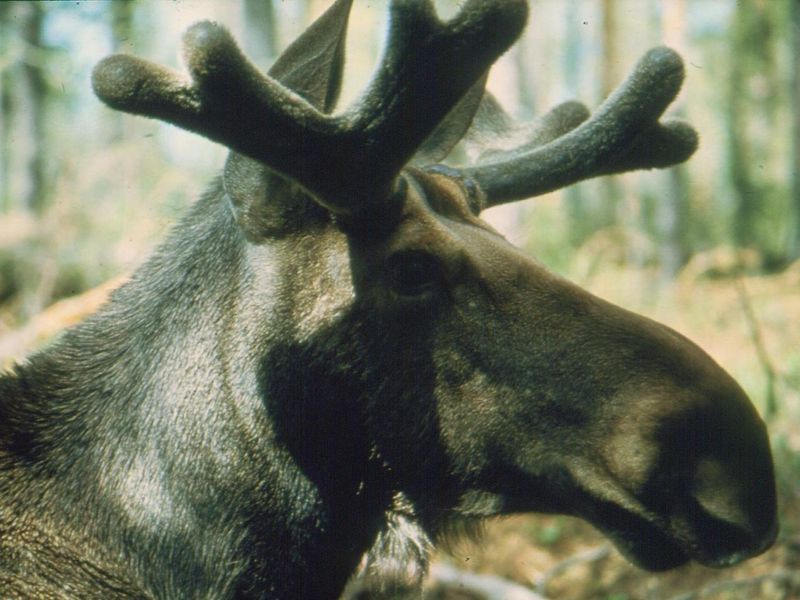
Moose populations in certain parts of North America have been declining mysteriously, leaving scientists puzzled. These majestic creatures, known for their imposing size and iconic antlers, play a vital role in their ecosystems.
Several factors have been considered in this mystery, including climate change, disease, and increased predation. While some studies suggest warmer temperatures may affect food availability and increase parasite loads, no single factor has been confirmed as the primary cause.
The disappearance of moose raises concerns about ecosystem dynamics and the broader impacts of environmental changes.
Understanding the root of this problem is crucial for conservation efforts and maintaining biodiversity. Research continues in hopes of unraveling the complex interplay of factors affecting moose populations.
Until answers are found, the mystery of the missing moose remains a poignant reminder of the challenges facing wildlife conservation and the need for continued vigilance in protecting these remarkable animals.
6. The Riddle Of The Raven’s Intelligence
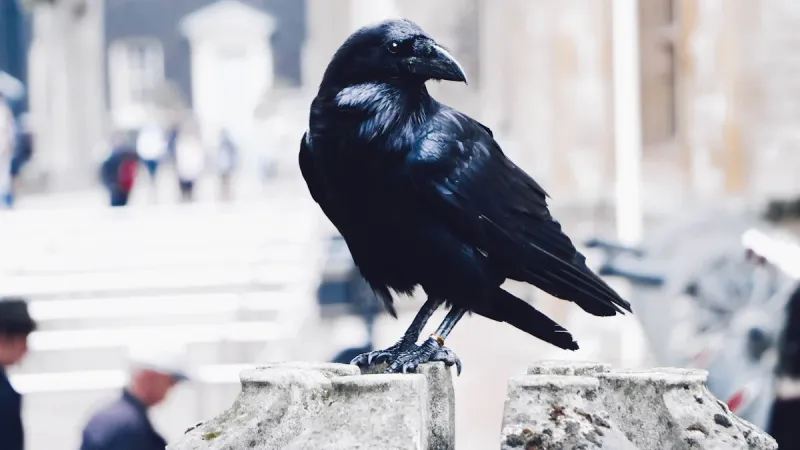
Ravens are renowned for their intelligence and problem-solving abilities, yet the extent of their cognitive capabilities continues to baffle scientists.
Observations of ravens using tools, engaging in complex social behaviors, and even displaying signs of empathy challenge our understanding of avian intelligence. Studies have shown that ravens can solve puzzles, mimic human speech, and plan for future events, rivaling even primates in cognitive skills.
However, the underlying mechanisms of their intelligence remain a mystery. Researchers explore how ravens’ brains process information and what evolutionary pressures might have shaped their exceptional abilities.
Despite significant advances, the full scope of their intelligence is still not fully understood. The intrigue surrounding ravens’ cognitive prowess underscores the complexity of animal intelligence and the ongoing quest to comprehend the minds of non-human creatures.
As research progresses, ravens continue to captivate scientists and enthusiasts, symbolizing the enigmatic nature of intelligence in the wild.
7. The Unsolved Mystery Of The Narwhal’s Tusk
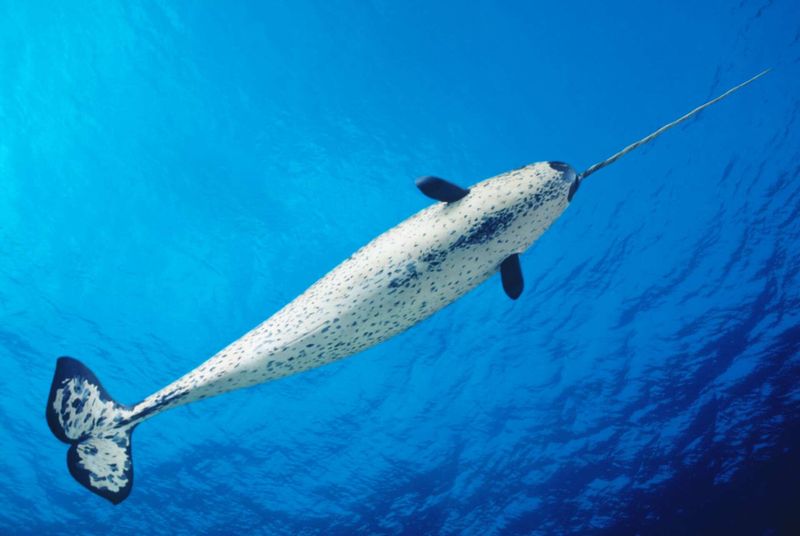
The narwhal, often called the unicorn of the sea, is famous for its long, spiral tusk, yet the exact purpose of this unique feature remains an unsolved mystery. Found primarily in Arctic waters, narwhals use their tusks in ways that continue to surprise researchers.
Various theories suggest the tusk serves as a sensory organ, aiding in navigation or detecting changes in the environment. Others propose it might be used in social interactions or mating displays, although evidence for these functions is still inconclusive.
The narwhal’s tusk raises questions about evolutionary adaptations and the role of physical traits in survival and reproduction. Understanding this enigmatic feature offers insights into the lives of these elusive creatures and the broader dynamics of Arctic ecosystems.
As scientists strive to decode the narwhal’s tusk, the mystery serves as a reminder of the wonders yet to be discovered in the animal kingdom and the enduring allure of nature’s secrets.
8. The Peculiar Plight Of The Prairie Dog
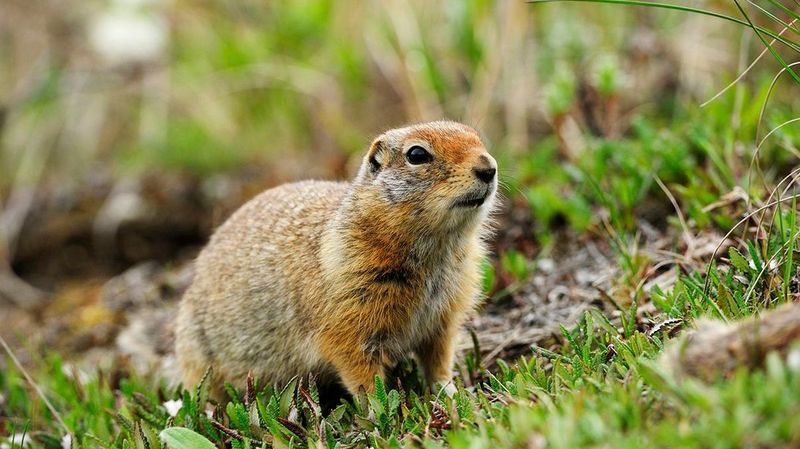
Prairie dogs, once abundant across the grasslands of North America, face a peculiar plight that perplexes wildlife experts. Their populations have been dwindling due to habitat destruction, disease, and other factors, yet their role as a keystone species highlights the complexity of this mystery.
These social rodents are known for their elaborate burrow systems and complex communication skills, which play a crucial role in maintaining the ecological balance of grasslands. The decline in prairie dogs affects numerous other species, demonstrating their importance in the ecosystem.
Efforts to understand and mitigate their decline involve habitat restoration and disease management, but challenges persist. The mystery of the prairie dog’s plight emphasizes the intricate web of life and the delicate balance required to sustain biodiversity.
As conservationists work to protect these vital creatures, the story of the prairie dog serves as a poignant example of the interconnectedness of all living things and the enduring mysteries of the natural world.
9. The Enigma Of The Eel’s Journey
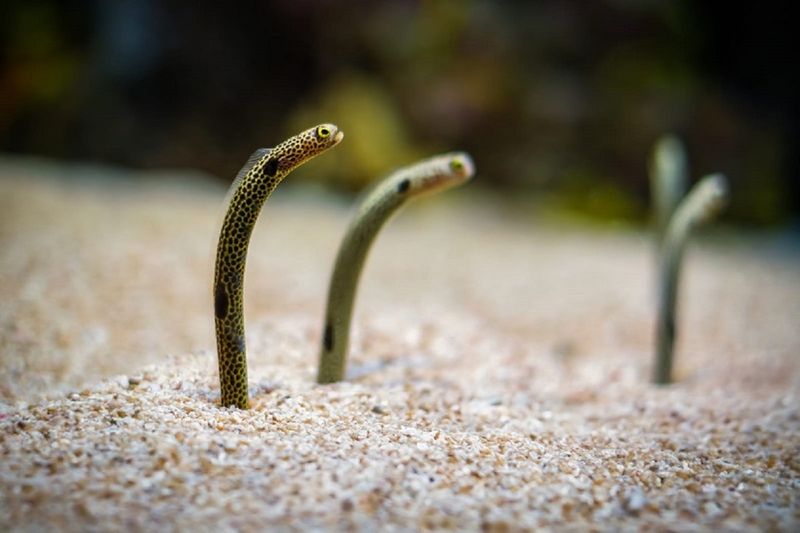
The American eel’s life journey is an enigma that has captivated scientists for decades. Born in the Sargasso Sea, these eels travel thousands of miles to North America’s inland waters, where they grow and mature before returning to their birthplace to spawn.
The precise navigation methods and biological mechanisms guiding this remarkable migration remain largely unknown. Some theories suggest that eels use magnetic fields and ocean currents to find their way, yet these hypotheses are still under investigation.
The eel’s journey raises questions about the mysteries of migration and the evolutionary processes shaping such complex life cycles. Despite years of study, many aspects of their migration and reproduction are still shrouded in secrecy.
The American eel’s enigmatic journey highlights the challenges and wonders of studying migratory species and the ongoing quest to understand the natural world’s complexities.
As researchers continue to explore this mystery, the eel stands as a symbol of the unexplained and the beauty of nature’s hidden truths.

